This column is key to a much deeper understanding of the benefits, needs and importance of Thermal District systems.
By Camilo Botero*
Following a suggestion from the Editor-in-Chief of the prestigious magazine ACR, we decided that this column would be about the Thermal Districts (DT), so in vogue at this time, but incorporating new approaches to the subject, which will undoubtedly be of interest to our valued readers.
As it is known, Thermal Districts can be for both cooling and heating in which the simultaneity factor can be up to 10 to 1, that is, a heating unit can meet up to 10 units of thermal demand energy. In the case of the Thermal Cooling Districts, in my tropical region I have managed to make this ratio 3 to 1, with great benefits in ROI (Return on Investment).
The Thermal Districts achieve optimal air conditioning projects, which must meet the following characteristics: firstly, they are designed to achieve maximum energy efficiency with a minimum impact on the environment. This implies design with the highest degree of detailed engineering possible and in its execution it is essential to comply with the specifications of said design. In addition, the Thermal District must be easy to operate and have adequate maintainability during its occupation phase and achieve stability during its life cycle
It is essential to invest considerable design time, taking into account mathematical models that reasonably reflect the performance of thermofluids. As these are systems with considerable electrical energy consumption, the state-of-the-art electrical power substation must be designed, preferably with a dry transformer and with its power backup.
It is very important to consider the use of alternative energies such as ice banks and photovoltaic, wind, geothermal, etc. energies. Project management, auditing and commissioning must be carried out by engineers who understand the entire technological context of DTs, otherwise the probability of failures in the development of projects is very high.
With the technology available today, it is possible to make a Cooling District with air condensing equipment, with variable speed compressors, with efficiencies similar to those of water condensation, in capacities of Chillers with around 300 TR; The difficulty with this solution is that it is very bulky equipment that requires a considerable installation area.
In-depth reconnaissance of the installations, technical information from equipment catalogs, must be carried out in order to make a conceptual engineering as close to reality as possible; Carry out the basic engineering and, of course, the detailed engineering with great rigor, leaving all the required technical information perfectly documented.
I have detected that integrating the new equipment, especially in the Chiller Plant, with its respective pumping and new controls through new pipes that are complicated to install, as they are large in diameter and are very invasive, with existing old pipes and equipment, brings serious problems:
- Clogging due to corrosion and scaling.
- Back pressure due to incorrect connections.
- Faults in old shut-off and control valves.
All interconnecting pipe networks of current and future chilled water systems must be redesigned; generally the existing ones are not adequate, but as it is very expensive to change them, they are usually left behind, causing serious problems in the operation and maintenance of the Cooling District.
Commonly, existing chilled water systems installed in buildings are constant velocity, condensing by water and/or air; The improvement using more efficient chillers with variable speed compressors and condensation by air and/or water, has, without any doubt, a favorable return on investment to pay for the project for energy savings, and for this it is necessary to provide information on current energy and water consumption, their values and thermal demand profiles.
The process of selecting the buried pipe for the ring is a task of great responsibility. Priority is given to pipes that are insulated and protected with some flexibility and suitable for burial; The manufacturer must give a minimum warranty of 25 years, which is usually not achieved. It is essential to study the topography of the terrain because it is necessary to know the levels of the cold water systems, since they are interconnected and their static pressures interact due to the different heights.
The pipe assembly process is cumbersome and needs to be rigorously scheduled. Suitable water expansion systems must be selected to absorb variations in volume due to temperature changes and systems for the deaeration of the pipes, since the air in them produces harmful effects on pumping, and an equal base pressure must be guaranteed in all expansion systems: this point is very important and I have been able to verify that it generates serious problems if they are different.
When pipes need to be dewatered for any reason, filling and deaeration are cumbersome tasks that demand much more time than is available.
Thermal comfort and CAI
Thermal comfort and air quality inside buildings is fundamental to achieve the purposes of Cooling Districts, which seek thermal well-being in the thousands of people who inhabit the different environments, and the success of public Thermal Districts, or in the case of intramural (private) Thermal Districts, ultimately depends on their fulfillment.
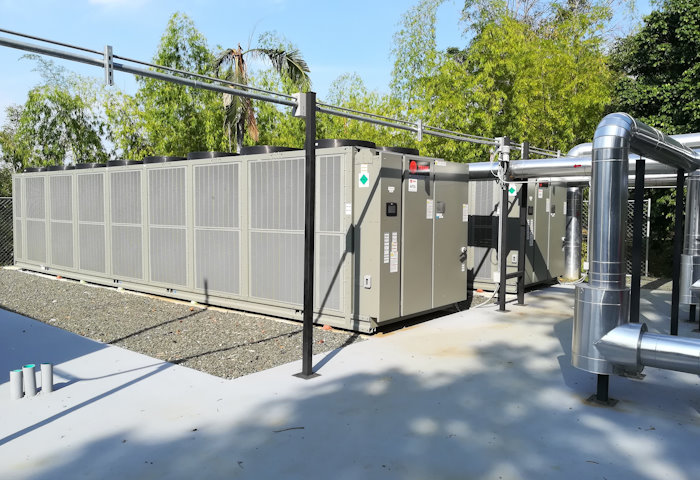
Based on Chapter 9 of the ASHRAE Fundamentals and ASHRAE Standard 55, it defines it in a very subtle way as "that condition of mind that expresses satisfaction with the environment." Obviously this definition is ethereal, since the terms "condition of the mind" and "satisfaction" are ambiguous, but they clearly emphasize that the perception of thermal well-being is a cognitive process that involves a wide variety of parameters, influenced by physical, physiological and psychological processes.
The important thing is that the engineers who design, install and maintain the Thermal Districts understand the fundamentals of human thermoregulation, the feeling of comfort and sanitary conditions so that the end users feel satisfied.
Owners, project managers, auditors and users of air conditioning should be given training related to these aspects, so that they do not have erroneous notions or false expectations, since ultimately the issue of comfort is subjective and circumstantial, what each person expects from the air conditioning system is different. For this reason, there is ASHRAE Standard 55 and RITE (which never applied the version I proposed for Colombia since 2012).
Another way of expressing it is that a thermally comfortable air conditioning system is one in which there is a balanced balance of mass and energy between the human body and the environment that surrounds it and there the body temperature is kept within low ranges, the moisture of the skin is low and the physiological efforts of regulation are minimized. Sometimes I add to make the concept very sympathetic: "It's like good health, you don't feel like you have it."
Comfort also depends on behaviours, guided by thermal and humidity sensations that reduce discomfort. Examples include weather-appropriate clothing, altering activity, relocating outside of the discharge effect of an air conditioning diffuser or direct solar radiation, changing the thermostat reference value, opening a window, complaining, or leaving the space.
Surprisingly, even though the world's climates, living conditions, and cultures differ considerably, the temperature that people choose for comfort under similar conditions of clothing and activity, humidity and air movement, have been found to be very similar.
The metabolic activities of the body result in the generation of heat that must be dissipated and regulated, in order to maintain normal body temperature (38 °C), insufficient dissipation leads to hyperthermia and too much heat loss to hypothermia. When comfortable, the skin temperature will be between 33 and 34 °C.
The regulatory center of the brain tries to keep it between 36.8 and 37.4 °C; The hypothalamus is the central organ of control and receives signals from the skin and blood, and regulates temperature for example with vasodilation, vasoconstriction or sweat which is a powerful means of cooling the core of the body.
At rest, an adult produces about 100 W (341 Btu/hr) of heat, and since this heat is dissipated mainly through the skin, it should be typed per unit area (1.8 m2 selected), or approximately 58 W/m2, and this unit is called a met.
Sensible and latent heat losses from the skin are typically expressed in terms of environmental factors, their temperature and humidity. These factors also take into account the thermal insulation and moisture permeability in clothing. The velocity of the air on people's skin is a decisive factor of comfort or discomfort, as well as the water vapor pressure of the environment. If you study Chapter 9 of the ASHRAE Fundamentals in detail, you will see all the phenomena, quantitative information, and calculations of heat and mass transfer between people and their environment.
ASHRAE Standard 55 addresses this issue and its committee periodically reviews the parameters, which specify comfort zones, where 80% of sedentary or mildly active people find the environment thermally acceptable. Because people wear different levels of clothing, depending on the situation and climate, Standard 55 defines comfort zones for different levels of clothing: for example 0.5 and 1.0 clo (0.078 to 0.155 m2-K/W) (it could be said for reference that 1.0 clo is winter clothing and 0.5 clo is summer clothing). For a humid tropical climate such as the one that prevails in this region, the following are specified as Comfort Conditions:
- Temperature 24 °C +/- 1 °C.
- Relative humidity 55% +/- 5%.
- Air velocities, on the order of 0.5 m/s (100 fpm).
Great importance should also be given to the issue of indoor air quality, filtration (ASHRAE Standard 52) and outdoor air rats (ASHRAE Standard 62) and of course the rational use of energy and care for the environment (ASHRAE Standard 90). The thousands of users of a Thermal District will be the judges to review whether or not thermal comfort and CAI have been complied with.
Control
This is a fundamental issue for the optimal performance of the Thermal Districts, especially with the achievement of maximum energy efficiency, accommodating the chiller plant to partial loads. Therefore, it is necessary to hold technical meetings, with the participation of control technicians who must understand the correlation between the behavior of the thermal inertias of thermofluid systems and the responses in microseconds of electronic controls, in order to deal with this issue of control in all its aspects.
Unfortunately, in practice, these important and expensive systems tend to deteriorate due to ignorance and/or; Poor handling and improper maintenance of the same.
The strategy and design of the control for the Thermal Districts needs to appear in all phases of the quality assurance of the project from the RDP (Project Owner Requirements), the BoD (Design Bases), the design itself, the specifications for the construction, assembly and start-up of the equipment, etc. and training with assimilation verification in the O&M (Operation and Maintenance) phase, as rigorously described in the ASHRAE 202 Commissioning standard.
Operation & Maintenance (O&M)
I have found that the success of the project depends to a large extent on this phase of the project. If the O&M staff does not have a thorough understanding of all the principles of thermofluids, psychrometry, heat transfer, turbomachinery and technologies employed, the Cooling District quickly deteriorates, losing all the benefits achieved and creating deep rejection of the project.
That is why it is necessary that all the personnel involved in the O&M have the thorough preparation for these two functions and that the systems operate correctly all the time, reporting their failures through the installed software, making the corrections immediately.
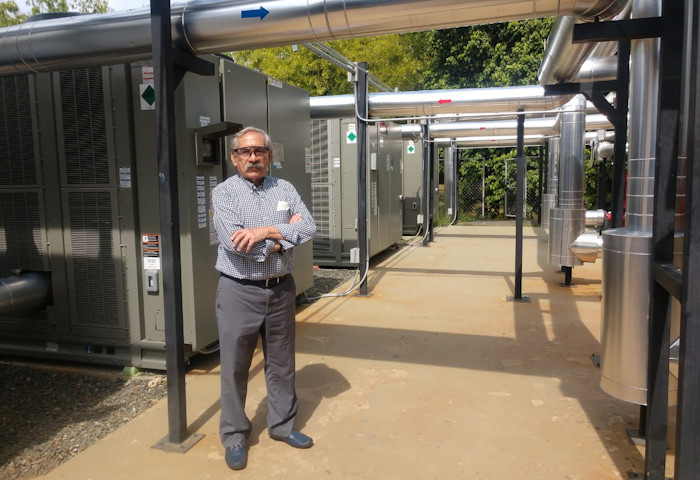
* Camilo Botero was Secretary of the Federation of Ibero-American Associations of Air Conditioning and Refrigeration - FAIAR; He was president of ACAIRE and is president of Camilo Botero Ingenieros Consultores Ltda. He is currently a professor at his CBG Academy. He has also worked as a professor in several Colombian universities, guilds and currently in ACAIRE in diploma courses on air conditioning projects, energy efficiency in air conditioning and refrigeration, cogeneration and trigeneration, applied psychometrics, thermodynamics, fluid mechanics, heat transfer and turbomachinery.
Contact: [email protected]


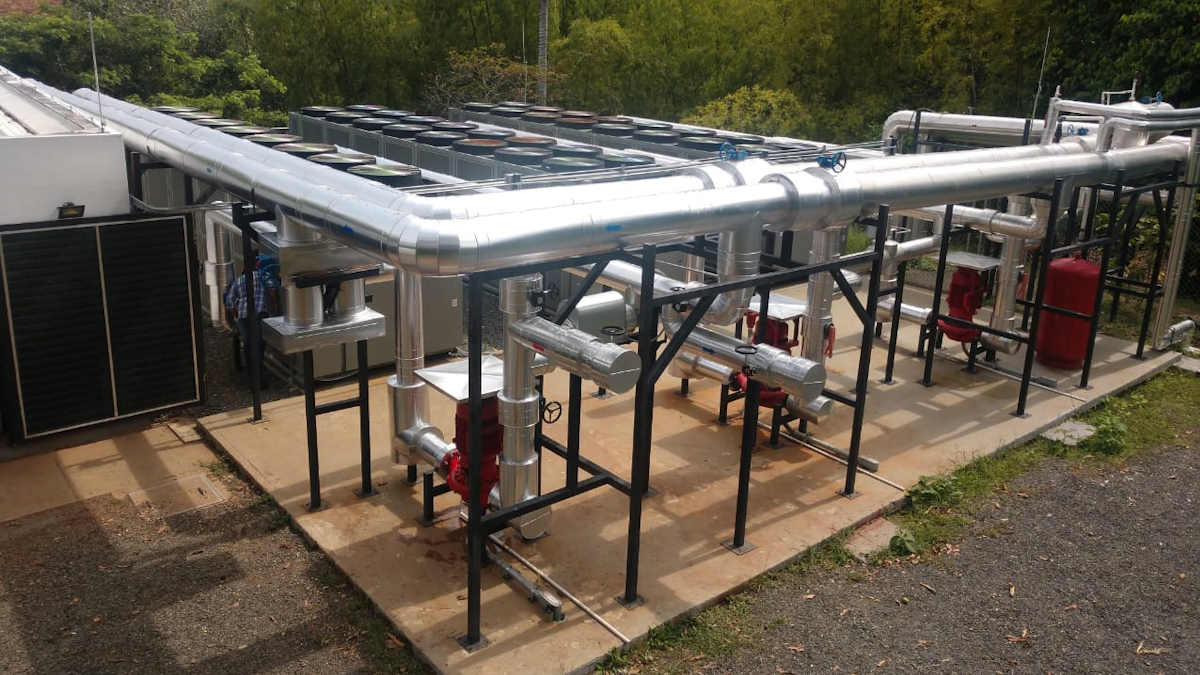

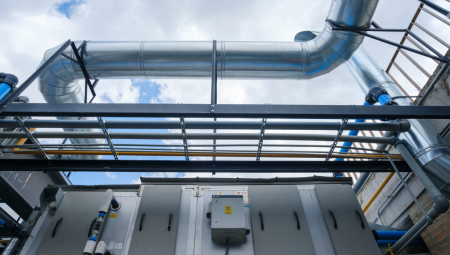
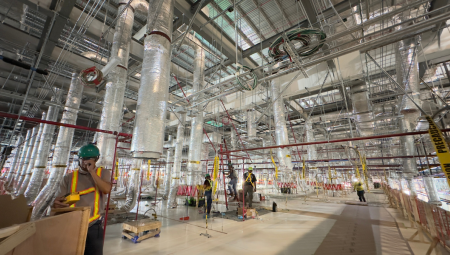
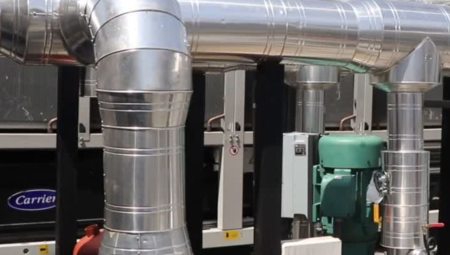
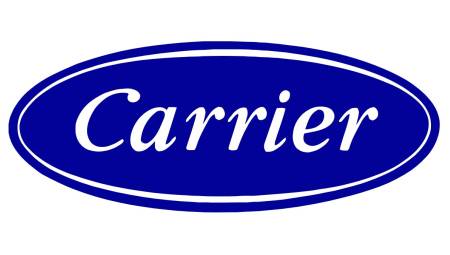
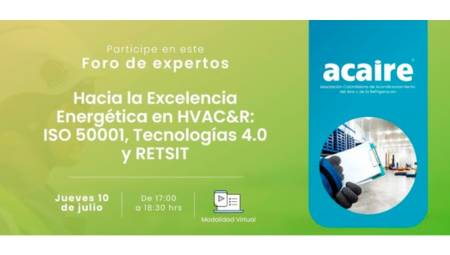

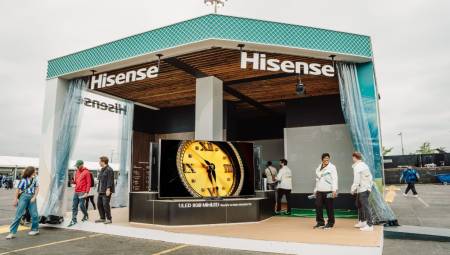
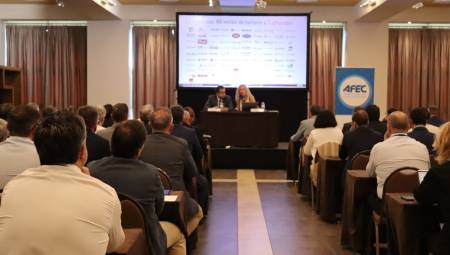

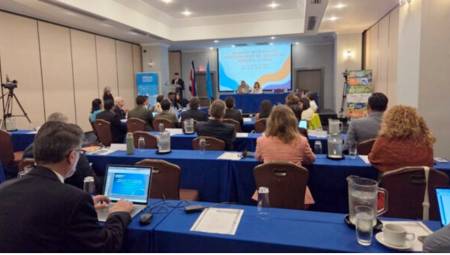


Recomiendo involucrar y ahondar mas en los chiller por absorcion, los cuales son la verdadera solución a toda la problemática energética y ambiental que los sistemas tradicionales de aire acondicionado y refrigeración están causando hoy en día.
Pues se debe tener en cuenta que es una tecnología que tiene mas de 50 años en el mercado mundial y en nuestra región países como Brasil y Mexico nos llevan ventaja en esta aplicación de la rama de la refrigeración.
Wilber Garcia
INGEFROST S.A.S. / THERMAX